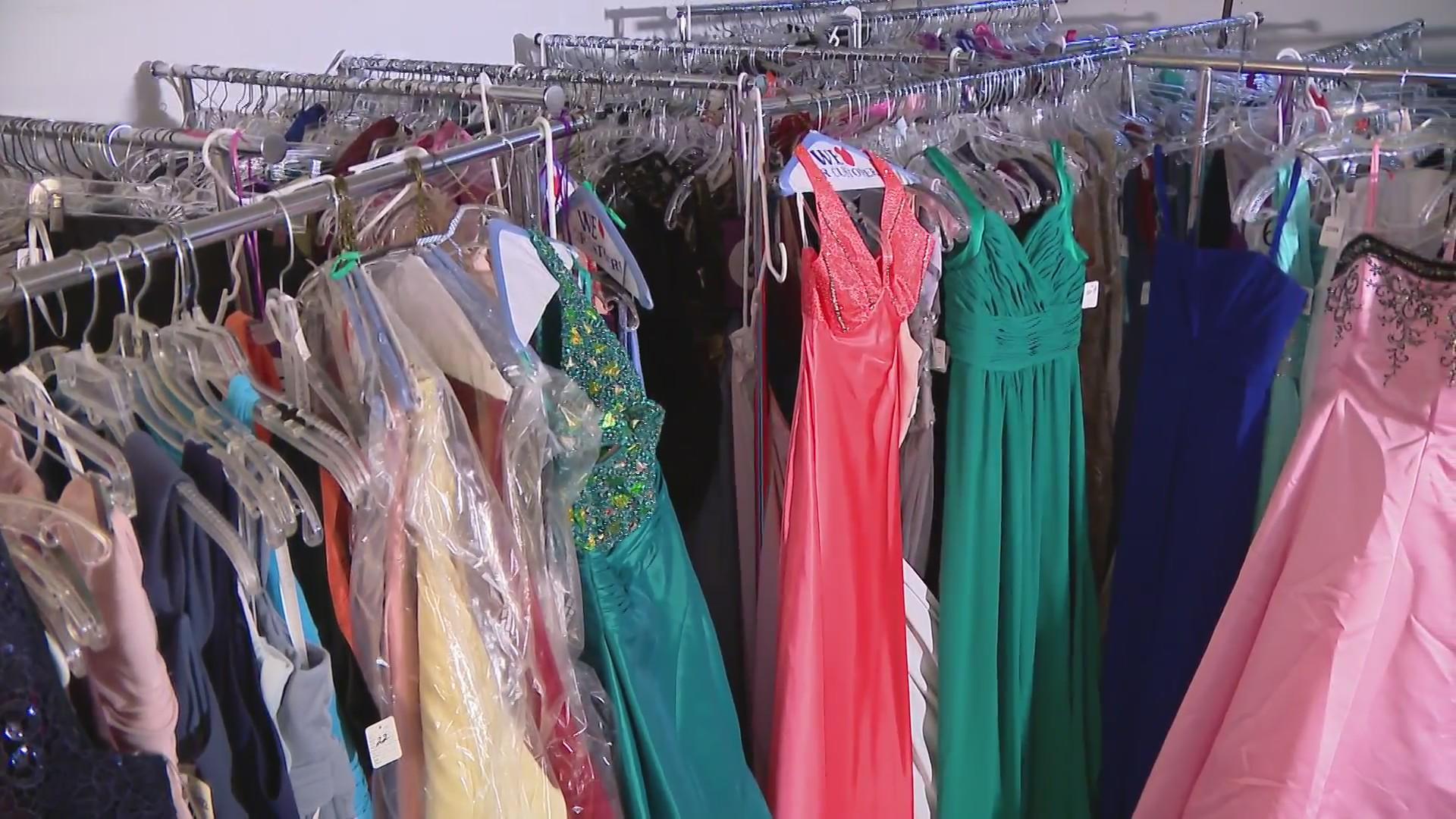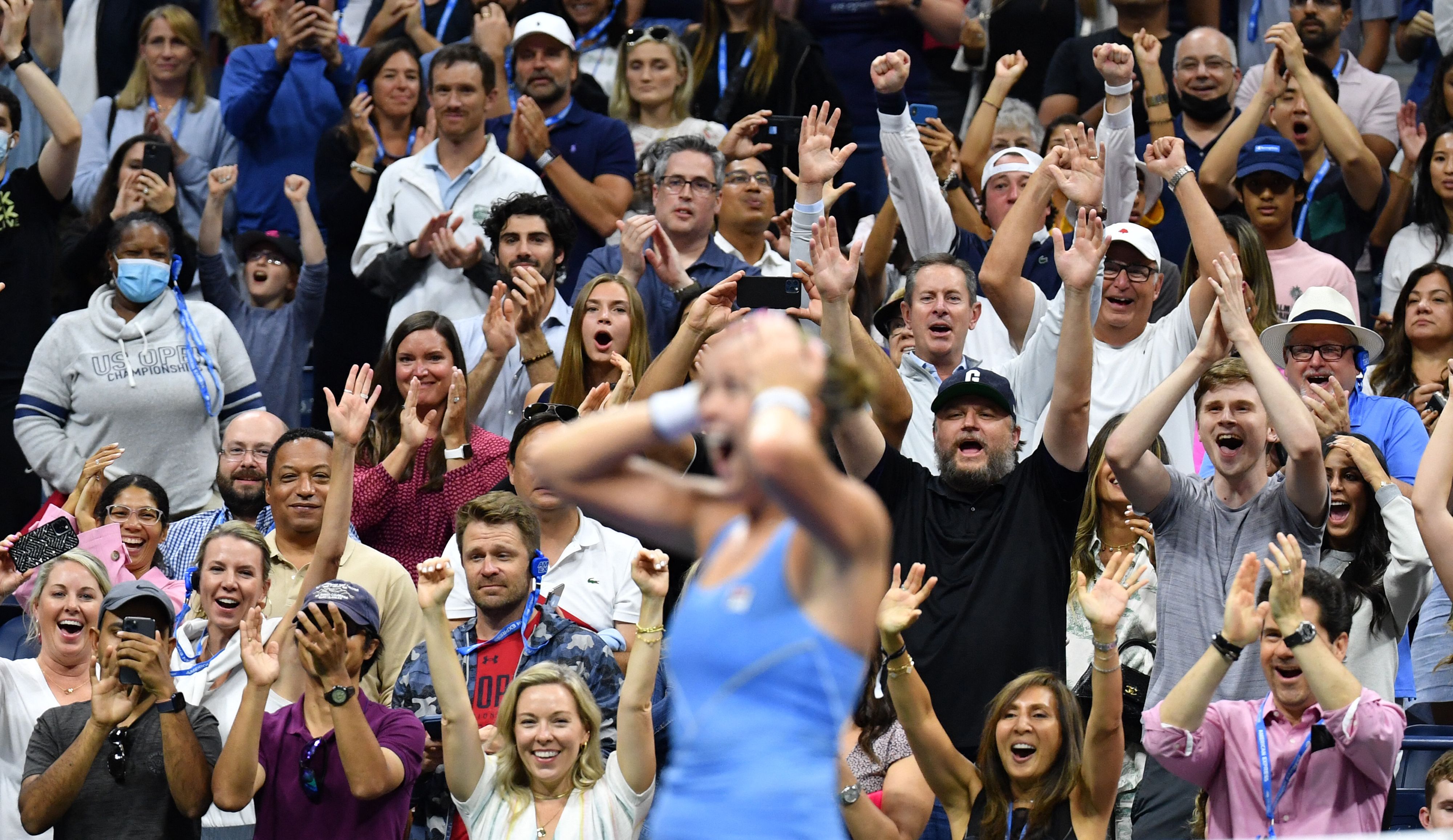Understanding the Uniqueness of John Galliano’s Style
The name of John Galliano is recognized as one of the most inventive figures in modern fashion. His distinctive style, known for its dramatic and theatrical qualities, has left a significant impact on the haute couture industry. To understand what sets Galliano’s method apart, it’s important to examine his historical background, recurring themes, sense of drama, and exceptional technical skills.
The Influence of Heritage and Identity
Galliano’s diverse upbringing in London, with a British mother and a Spanish father hailing from Gibraltar, gave him a rich array of influences. This personal history is reflected in his use of flamenco-inspired frills, matador jackets, and a unique twist on British tailoring. From his Central Saint Martins graduation collection, famously influenced by the French Revolution, Galliano told intricate cultural stories, often incorporating his own life experiences.
Collections Inspired by Storytelling and Drama
One of Galliano’s distinctive traits is weaving narratives into fashion. Different from many of his peers, Galliano assembles collections that serve as visual dramas. Each catwalk show is a production, complete with character arcs and intricate stage designs. For instance, his Christian Dior Spring/Summer 1998 collection showcased models as marquises from 18th-century Versailles, while his Autumn/Winter 2003 collection drew inspiration from the Edwardian era, merging historical silhouettes with futuristic elements.
Not limited to setting or costume, his shows often involve models assuming characters with distinct personalities, translating emotion into the physicality of their walks and the attitude they project. This blurring of boundaries between theater and fashion elevates his work beyond commerce, positioning it within the realm of art.
Mastery of Technique and Fabric Manipulation
Galliano’s technical skill is legendary. He is renowned for his ability to manipulate fabric in ways that seem impossible, sculpting cloth into fluid forms that evoke motion and life. The bias-cut dresses he revived, for instance, are a testament to his understanding of draping and garment construction. His 1930s-inspired designs, particularly during his tenure at Dior, featured cascading silks and satins, hugging the body in a manner reminiscent of Old Hollywood glamour, but with a radical twist—unexpected volume, slashes, and exaggerated proportions.
He is just as adept with tailoring. Galliano’s reinterpretation of classic suiting with deconstructed lapels, unusual closures, asymmetry, and intricate embellishments showcases his innovative spirit. His 1997 debut for Maison Margiela was a masterclass in deconstruction, with garments created from found materials and repurposed elements, reflecting his advanced understanding of structure and underlying narratives in craft.
The Fusion of Historical Reference with Modern Provocation
Few designers marry history and modernity as deftly as Galliano. His work is a constant dialogue with the past, yet it always feels startlingly fresh. Galliano references eras—from the French Revolution to Edwardian England, from Belle Époque Paris to 1930s Shanghai—yet avoids pastiche by injecting irreverence, anachronisms, and conscious distortion.
These references are not purely decorative; rather, they serve as commentary. In the Dior Haute Couture Autumn/Winter 2000 show, Galliano incorporated motifs from African and Asian cultures, leading to both critical acclaim and conversations about cultural appropriation. Galliano’s referencing compels the audience to confront the intersection of beauty, power, and identity, ensuring that his collections generate discussion beyond aesthetics.
Emphasis on Identity and Transformation
Individual change is a key aspect of Galliano’s fashion show vision. He frequently utilizes cosmetics, prosthetics, and hairpieces not merely as embellishments but as means for change. This leads to models appearing almost indistinguishable, adopting roles very different from their true identities. This interest in transformation is reflected in his own personality, both in his professional and personal life.
His personal image—once marked by pirate hats, dramatic facial hair, and theatrical costumes—mirrored the eccentricity of his collections, blurring the boundaries between creator and creation. This emphasis on self-reinvention aligns with his stated belief: “Fashion is about dreaming and making other people dream,” encapsulating the magical, transportive quality intrinsic to his style.
Use of Vibrant Colors, Patterns, and Decorations
Galliano is fearless in his use of color and ornament. His collections frequently feature audacious hues, clashing prints, and sumptuous embellishments: feathers, sequins, embroidery, and unexpected textiles. The Dior Spring/Summer 2004 haute couture collection, for example, remains lauded for its vibrant palette, combining Japanese motifs with 18th-century French silhouettes. Through these bold choices, Galliano challenges conventional taste and redefines elegance.
Iconic Collaborations and Industry Impact
Employed by his own namesake brand and leading renowned fashion houses like Givenchy, Dior, and Margiela, Galliano has influenced the design sensibilities of several eras. His partnerships with creative talents such as photographer Steven Meisel, hat designer Stephen Jones, and makeup expert Pat McGrath culminated in comprehensive presentations where each component—lighting, music, styling—played a role in a cohesive concept.
His fashion narratives have also been influential outside the industry, inspiring pop culture, film, and artists worldwide. Many designers cite Galliano as a foundational influence, not merely for his technical innovations but for his ability to assert fashion as a total art form.
Galliano’s Fashion: An Integration of Creativity and Accuracy
To define John Galliano’s uniqueness requires acknowledging a rare fusion: a designer with both the fearless imagination of a born storyteller and the precision of a master craftsman. His work is characterized by audacious reinvention, technical virtuosity, narrative depth, and theatrical presentation. Each collection—while distinctly his own—creates a world wherein history, fantasy, and the possibilities of self-expression coalesce. Galliano’s style remains a compelling testament to the transformative power of fashion, arrested forever at the boundary between dream and reality.




